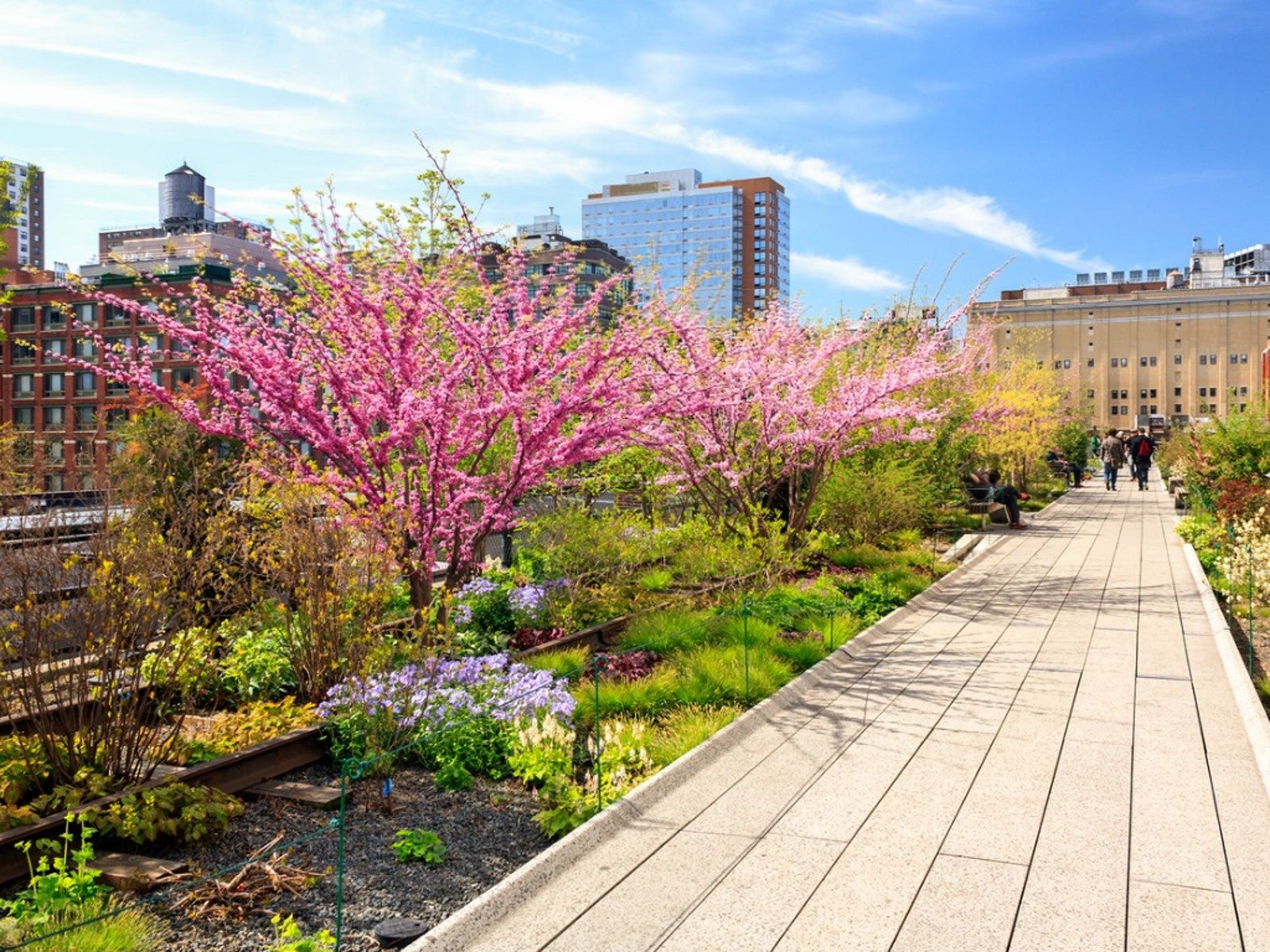Convince Your City To Adopt Native Landscaping


You have probably been hearing talk about “natural landscaping” in recent years. This type of landscaping relies on a tapestry of hardy native plants that are well adapted to the local climate and soil. It is not only aesthetically delightful, but also helps resolve some of the environmental issues communities are facing. How do native plants help the environment? Read on for more information.
What Is Native Landscaping?
Natural landscaping is a type of gardening well-suited for today. It not only makes use of native plants that require far less in terms of pesticides and fertilizers than fancy cultivars, but it also reduces and can sometimes eliminate the need for irrigation.
As the environmental, economic and aesthetic benefits of natural landscaping are becoming better known, many are urging community leaders to incorporate these principals on government managed lands. Pilot projects by municipalities can show the way to homeowners and developers.
Benefits of Native Plants
Natural landscaping relies heavily on native plants. The benefits of using native plants for landscaping have been known for some years in the gardening world and are being more widely acknowledged today.
An early focus of this interest was to find an acceptable substitute for turf lawns. Most homeowners are very aware of the time and effort it takes to install and maintain a lush turf lawn. This was accentuated with the recent droughts in the West that caused states, counties and cities to limit the amount of water individual homes could use. Turf lawns also require large amounts of chemicals – think fertilizers and pesticides – to keep them looking good.
Many homeowners looked to native grasses to provide an esthetically pleasing and low-cost alternative to turfgrass. While not entirely free of maintenance requirements, native grasses are drought tolerant, have no need for fertilizers, and require much less in ongoing maintenance than conventional lawns.
Using Natural Landscaping in a Community
Local officials are in a perfect position to advocate natural landscaping and bring its benefits to their communities by using and encouraging community use of native plants. Why use native plants in cities or community gardens? The simple answer is to bring the same benefits to the community that homeowners using native plants enjoy.
Sign up for the Gardening Know How newsletter today and receive a free copy of our e-book "How to Grow Delicious Tomatoes".
Local governments are charged with making comprehensive community plans for landscaping urban areas. If they adopt natural landscaping as the “go-to” choice in a city, they will promote the appreciation and use of native plants. Community members will note both the beauty of natural landscapes and the benefits.
Using Natural Landscaping in a Community
Whether your community is quite urban or more suburban, it is possible to install native planting habitats in many different settings. These can include rain gardens, green roofs, and urban pollinator gardens.
Green roofs and rain gardens are especially suitable in cities where much of the permeable soil is covered by streets, sidewalks and rooftops. These impermeable features send rainfall straight into waterways rather than soaking the ground. Rain gardens and green roofs can make use of the rain as it falls on the roofs. They provide locations where native wetland plants can thrive as well as decrease water runoff. They can also provide habitat for birds and pollinators.
But these are just a few examples. Communities have many areas where native plants could be used including parks and community gardens. Shared public gardening spaces are popular and common today in urban areas, often replacing empty lots. When native plants are worked into these gardens, they both support pollinators and add exceptional natural beauty.

Teo Spengler is a master gardener and a docent at the San Francisco Botanical Garden, where she hosts public tours. She has studied horticulture and written about nature, trees, plants, and gardening for more than two decades, following a career as an attorney and legal writer. Her extended family includes some 30 houseplants and hundreds of outdoor plants, including 250 trees, which are her main passion. Spengler currently splits her life between San Francisco and the French Basque Country, though she was raised in Alaska, giving her experience of gardening in a range of climates.